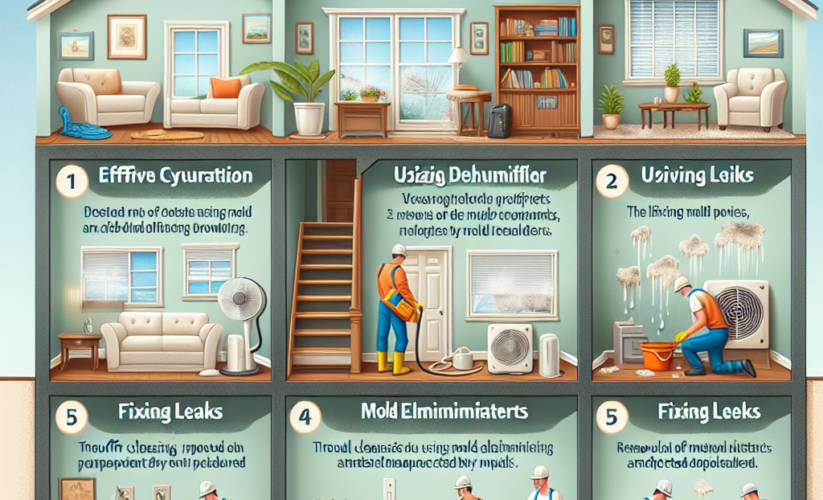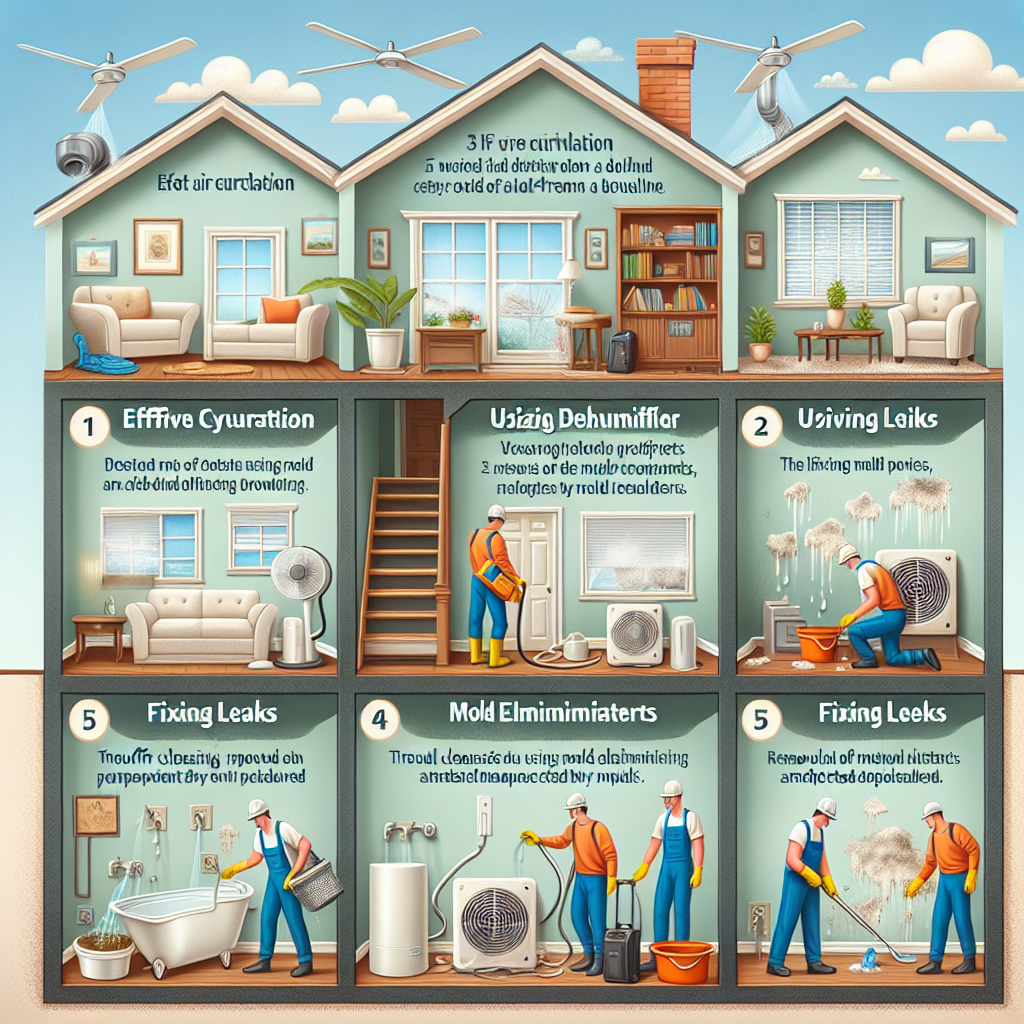
5 Proven Ways to Eliminate Schimmel Wand from Your Home
Understanding Schimmel Wand: Causes, Prevention, and Solutions
What is Schimmel Wand?
**Schimmel wand** refers to mold that typically develops on walls due to excess moisture, poor ventilation, or inadequate insulation. This common issue can not only affect the aesthetic appeal of your home but also lead to serious health issues if left untreated. Understanding the nature of **schimmel wand** is essential for homeowners who wish to maintain a safe and healthy living environment.
Causes of Schimmel Wand
The primary causes of **schimmel wand** can be attributed to moisture and humidity levels in your home. Common sources of moisture include leaking pipes, high humidity from cooking or showering, and even the presence of indoor plants. For instance, bathrooms are notorious for mold growth due to the steam from hot showers. Additionally, if your home lacks proper ventilation, it can trap moisture inside, creating an ideal breeding ground for mold.

Health Risks Associated with Schimmel Wand
Beyond unsightly appearances, **schimmel wand** can pose significant health risks, particularly for individuals with respiratory issues or weakened immune systems. Exposure to mold spores can lead to allergy-like symptoms such as sneezing, coughing, and skin irritation. In some cases, it may even exacerbate asthma conditions or lead to serious infections. Therefore, it is crucial to address any mold growth promptly to safeguard your health and well-being.
Preventing Schimmel Wand Growth
Preventing **schimmel wand** growth is largely about controlling moisture levels in your home. Simple yet effective measures can significantly reduce the likelihood of mold developing. First and foremost, ensure that your home is well-ventilated. This means utilizing exhaust fans in kitchens and bathrooms and opening windows when weather permits to promote airflow. Regular maintenance on roofs and gutters to prevent leaks is also vital.
Using Dehumidifiers
One practical solution for preventing **schimmel wand** is the use of dehumidifiers. These devices work by reducing humidity levels in the air, which can help to keep surfaces dry and discourage mold growth. Ideally, you should aim to keep indoor humidity levels below 60%. You can especially benefit from purchasing a dehumidifier for basements or areas prone to dampness, ensuring that moisture is kept in check year-round.
Insulating Your Home
Proper insulation is another critical measure in preventing **schimmel wand**. Insulating exterior walls and attics can prevent cold surfaces, reducing condensation that leads to moisture accumulation. During the winter months, condensation often forms on colder walls; ensure that these areas are properly insulated to discourage mold activity caused by temperature changes.

Treatment Solutions for Schimmel Wand
In cases where **schimmel wand** has already developed, prompt action is required. Depending on the extent of the mold growth, different approaches can be taken. For small patches of mold, a mixture of water and detergent may suffice to kill mold spores. For larger infestations, however, professional mold remediation services may be necessary.
DIY Removal Techniques
If you are facing minor mold issues, several **schimmel wand** removal techniques can be employed at home. For example, using a solution of vinegar and water (1:1 ratio) can be effective, as vinegar is a natural mold killer. Simply spray the solution onto the affected area, let it sit for an hour, and then scrub with a brush before rinsing the area with water. Always remember to wear protective gear such as gloves and masks to ensure safety during the removal process.

Professional Mold Remediation
For extensive cases of **schimmel wand**, professional mold remediation is the best course of action. Professionals have access to specialized equipment and mold removal solutions that can effectively address severe infestations. During the process, they will identify the source of moisture contributing to mold growth and provide targeted solutions to prevent future outbreaks. This not only ensures thorough removal but also helps restore the safety and aesthetics of your home.
Long-term Strategies for Schimmel Wand Management
Once you have addressed any immediate concerns regarding **schimmel wand**, implementing long-term strategies is essential for sustaining a mold-free home. Regular inspections for signs of mold and moisture should be a part of your household maintenance routine. Additionally, being proactive about home repairs, especially in areas prone to dampness, will go a long way in preventing mold from taking hold again.
Regular Maintenance and Inspection
Setting up a schedule for regular maintenance and inspections can help ensure that areas at risk for mold, such as bathrooms, kitchens, and basements, are monitored closely. This proactive approach allows you to catch any potential issues before they escalate into larger, more costly problems. Furthermore, be alert to any signs of leaks or water damage, and address them immediately to keep mold at bay.
Educating Family Members
Educating all household members about the risks of **schimmel wand** and the practices required to prevent mold growth is another crucial strategy. By making everyone aware of proper ventilation techniques, identifying potential leaks, and encouraging clean living habits, you can create a supportive environment that prioritizes health and safety.

Key Takeaways
- **Schimmel wand** is mold that commonly develops due to moisture and lack of ventilation.
- Implementing preventative measures like using dehumidifiers can significantly reduce mold growth.
- DIY removal methods can be effective for minor infestations, while professional help should be sought for major mold problems.
- Regular maintenance and educating family members about mold can help ensure long-term management.
FAQ
1. How can I tell if I have schimmel wand in my home?
Common signs of **schimmel wand** include visible mold growth, musty odors, and peeling wallpaper or paint. If you notice any of these issues, it’s essential to investigate further to identify and resolve the source of moisture.
2. Can I use bleach to remove schimmel wand?
While bleach can kill mold on non-porous surfaces, it doesn’t penetrate deep into the material, which means it can return. For effective removal, it’s better to use products designed specifically for mold removal or natural solutions like vinegar or hydrogen peroxide.
3. What are some natural solutions for schimmel wand removal?
Natural solutions such as vinegar, baking soda, and hydrogen peroxide can effectively kill mold spores without harmful chemicals. For example, a mixture of baking soda and water can be used to scrub moldy surfaces and prevent regrowth.
4. How can I prevent schimmel wand in my kitchen?
Preventing **schimmel wand** in your kitchen requires proper ventilation, using exhaust fans while cooking, and regularly cleaning surfaces. Make sure to wipe down any moisture that may accumulate after cooking to keep the area dry.
5. Is schimmel wand harmful to pets?
Yes, **schimmel wand** can be harmful to pets, causing respiratory issues and allergic reactions similar to those in humans. It’s essential to maintain a mold-free environment for the well-being of all household members, including pets.